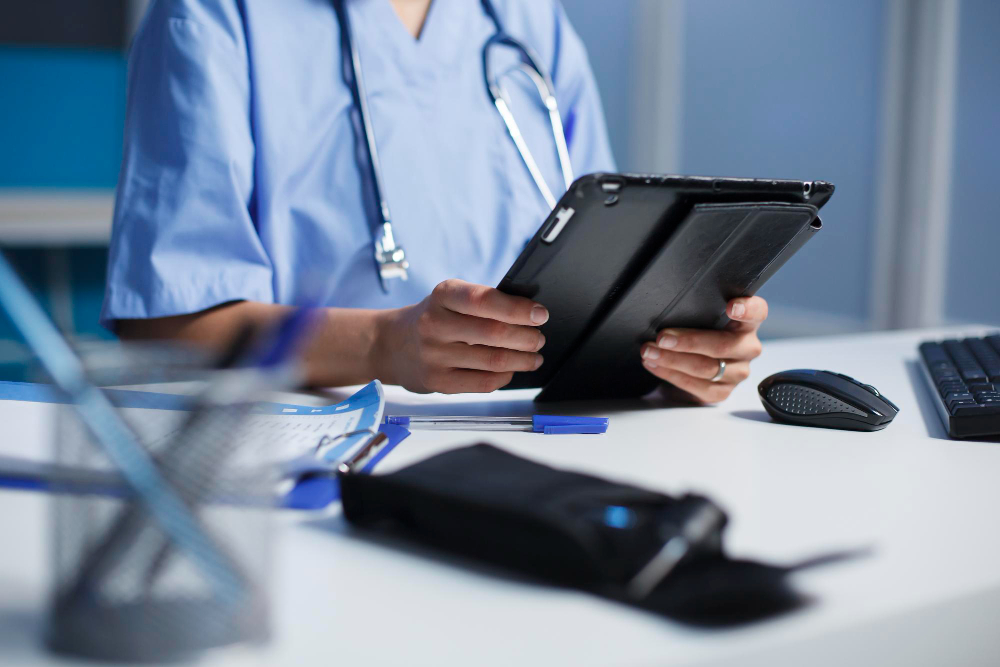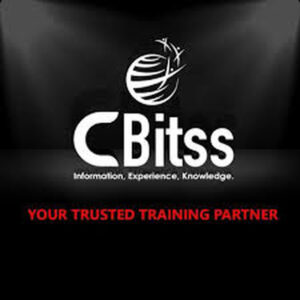
Remote Patient Monitoring Systems
Remote Patient Monitoring (RPM) systems have emerged as a transformative solution in healthcare, leveraging advanced technologies to monitor patients’ health remotely. This article explores the technologies behind Remote Patient Monitoring systems, the considerations for healthcare software development companies, and their impact on patient care.
Introduction to Remote Patient Monitoring Systems
Remote Patient Monitoring (RPM) involves using digital technologies to collect medical and health data from patients in one location and securely transmitting that information to healthcare providers in another location for assessment and recommendations. This approach enables continuous monitoring of patients outside traditional healthcare settings, offering benefits such as early detection of health deterioration, improved management of chronic conditions, and reduced hospital admissions.
Technologies Driving Remote Patient Monitoring Systems
-
IoT Devices and Wearables: IoT devices such as wearable sensors, smartwatches, and medical devices (e.g., blood pressure monitors, glucose meters) play a crucial role in RPM systems. These devices capture real-time physiological data, including vital signs like heart rate, blood pressure, glucose levels, and activity levels. Healthcare software development company integrate these devices with RPM platforms to enable seamless data collection and transmission.
-
Cloud Computing: Cloud technology forms the backbone of RPM systems, facilitating secure storage, processing, and analysis of vast amounts of patient data. Cloud platforms like AWS, Azure, and Google Cloud provide scalable infrastructure for healthcare providers to manage and access patient information from anywhere. This ensures data availability, scalability, and compliance with healthcare regulations.
-
Telehealth and Telemedicine Platforms: Integrated telehealth solutions enable healthcare providers to conduct virtual consultations and monitor patients remotely. These platforms incorporate video conferencing, messaging, and RPM data integration, allowing clinicians to communicate with patients, review health data in real-time, and provide timely interventions or adjustments to treatment plans.
-
Data Analytics and AI: Advanced analytics and artificial intelligence (AI) algorithms enhance RPM systems by analyzing large datasets to derive actionable insights. AI can predict health trends, identify anomalies in patient data, and personalize treatment plans based on individual health profiles. Machine learning models continuously learn from new data, improving diagnostic accuracy and predictive capabilities over time.
-
Security and Privacy Measures: Robust security measures are critical in RPM systems to protect sensitive patient data against cyber threats and ensure compliance with healthcare regulations (e.g., HIPAA in the United States). Healthcare software development companies implement encryption, access controls, and secure authentication protocols to safeguard data during transmission, storage, and access.
Development Considerations for Healthcare Software Development Companies
-
Regulatory Compliance: Compliance with healthcare regulations and standards (e.g., HIPAA, GDPR) is paramount when developing RPM systems. Healthcare software development companies must ensure that their solutions adhere to data privacy laws, patient consent requirements, and industry-specific regulations governing remote patient monitoring.
-
Interoperability: Seamless integration with existing electronic health record (EHR) systems and healthcare IT infrastructure is essential for RPM systems. Healthcare software developers use interoperability standards (e.g., HL7 FHIR) to exchange data between RPM platforms and other healthcare applications, ensuring continuity of care and comprehensive patient management.
-
User Experience (UX) Design: Designing intuitive user interfaces (UI) and user experiences (UX) is crucial for RPM systems to enhance usability and adoption among healthcare providers and patients. Healthcare software development companies prioritize usability testing, stakeholder feedback, and iterative design improvements to optimize workflows and ensure a positive user experience.
-
Scalability and Performance: RPM systems must be scalable to accommodate growing patient populations and increasing data volumes. Healthcare software developers design scalable architectures using cloud-native solutions, microservices, and containerization to support future growth, ensure system performance, and maintain reliability during peak usage periods.
-
Data Security and Privacy: Implementing robust security measures is non-negotiable in RPM systems to protect patient data from unauthorized access, breaches, and cyber threats. Healthcare software development companies conduct regular security audits, implement encryption standards, and enforce access controls to mitigate risks and maintain patient trust.
Impact of Remote Patient Monitoring Systems on Patient Care
-
Enhanced Patient Engagement: RPM systems empower patients to actively participate in their healthcare by monitoring their health metrics, receiving timely feedback from healthcare providers, and making informed decisions about their wellness goals.
-
Improved Chronic Disease Management: Continuous monitoring of chronic conditions such as diabetes, hypertension, and heart disease enables early intervention, medication adjustments, and lifestyle modifications based on real-time health data.
-
Reduced Healthcare Costs: By preventing avoidable hospital admissions, emergency room visits, and complications associated with chronic diseases, RPM systems contribute to cost savings for healthcare providers and payers.
-
Support for Aging Population: RPM systems support aging populations and individuals with mobility limitations by enabling remote monitoring and virtual consultations, reducing the need for frequent clinic visits and enhancing quality of life.
-
Population Health Management: Aggregated data from RPM systems enables population health management initiatives by identifying health trends, monitoring disease outbreaks, and implementing preventive care strategies at a community level.
Future Trends in Remote Patient Monitoring
-
Integration with AI and Predictive Analytics: AI-driven insights and predictive analytics will continue to evolve in RPM systems, enabling proactive healthcare interventions, personalized treatment plans, and predictive maintenance of health conditions.
-
Expansion of Telehealth Services: The integration of RPM with telehealth platforms will facilitate comprehensive virtual care delivery, combining remote monitoring with virtual consultations, patient education, and care coordination.
-
Adoption of 5G Technology: The deployment of 5G networks will enhance RPM capabilities by enabling high-speed data transmission, low latency communication, and support for real-time monitoring applications.
-
Focus on Patient-Centered Care: Future RPM systems will prioritize patient-centered care models by emphasizing patient empowerment, personalized health management, and shared decision-making between patients and healthcare providers.
Conclusion
Remote Patient Monitoring systems represent a paradigm shift in healthcare delivery, leveraging advanced technologies to enable continuous, personalized care beyond traditional healthcare settings. Healthcare software development companies play a pivotal role in developing RPM solutions that integrate IoT devices, cloud computing, telehealth platforms, AI-driven analytics, and robust security measures. By addressing development considerations such as regulatory compliance, interoperability, user experience design, scalability, and data security, these companies can create scalable, flexible RPM systems that enhance patient outcomes, improve healthcare efficiency, and drive innovation in the healthcare industry. As RPM continues to evolve, its impact on patient care, chronic disease management, healthcare costs, and population health management will continue to grow, paving the way for a more connected, proactive approach to healthcare delivery.


